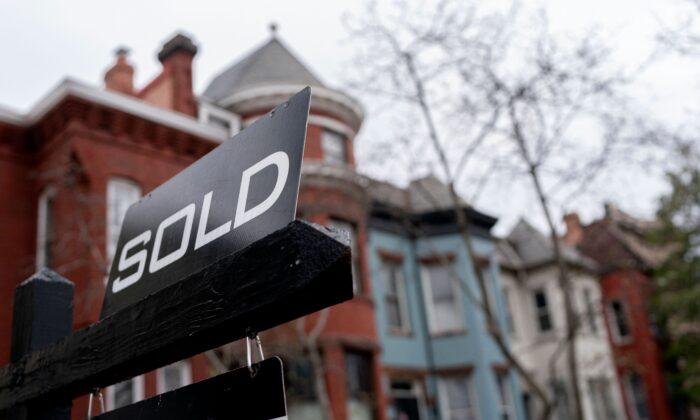The percentage of homes purchased by real estate investors fell 49 percent compared with what they bought a year before, and overall home purchases fell 41 percent, according to real estate brokerage Redfin, which analyzed date from 40 major metros.
Something that may have led investors to retreat from the housing market likely are rising interest rates. Even though investors buy with cash, they use non-mortgage loans for renovations and other expenses.
Another cause is that investor home purchases in 2022 were near a record high, so a degree of decrease was expected for 2023.
This was the largest annual decline on record. Comparing quarters, investor purchases fell almost 16 percent, and overall home purchases fell almost 15 percent.
One out of seven homes investors bought was sold in March at a loss; this is 13.5 percent of homes sold at a loss. This percentage was 20 percent for investors who resell homes.
Investors bought 41,180 homes in the first quarter of 2023, according to the report. A year earlier, the number of bought homes was 80,128, and the record high is 15,124 in 2021.
The total money spent was $27.5 billion in metropolitan areas in the first quarter of 2023. The average home price was $428,000, little change compared to a year earlier, according to Redfin’s analysis.
“While investors have pumped the brakes on home purchases, they’re still scooping up a bigger share of homes than they were before the pandemic, which can create challenges for individual buyers at a time when there are so few homes for sale,” said Redfin economist Sheharyar Bokhari. “Investors have gravitated toward more affordable properties due to still-high housing costs and rising mortgage rates, which has left first-time homebuyers with fewer starter homes to choose from.”
In contrast, investors bought much more homes during the pandemic period because of record-low mortgage rates and very high housing demand.
“It’s been about eight months since one of my listings sold to an investor,” said Jacksonville real estate agent Heather Kruayai. “I rarely get offers from investors these days, and when I do, it’s a lowball offer on a house that’s been sitting for a while. Some smaller companies and mom-and-pop investors are still active in the market, but the big corporations aren’t buying anymore.”
“Inflation is still running too high, and recent economic data is beginning to convince investors that the Federal Reserve will not be cutting rates anytime soon. Mortgage rates for conforming, balance 30-year loans were being quoted above 7 percent by some lenders last week, and the weekly average at 6.9 percent reached the highest level since last November,” said Mike Fratantoni, Mortgage Bankers Association’s senior vice president and chief economist. “Application volumes for both purchase and refinance loans decreased last week due to these higher rates. While refinance demand is almost entirely driven by the level of rates, purchase volume continues to be constrained by the lack of homes on the market.”
Borrowing costs increased in May even more, which means that investors may distance themselves even more from the housing market during the second quarter of 2023.
Investor home purchases typically rise on a quarter-over-quarter basis in the spring, but they may fall flat or decline in the second quarter.
The market share of investors, against individual homebuyers, remained relatively high at 18 percent, which is a 2 percent increase year over year. It is higher than at any time prior to the pandemic.
Investors lost the most market share in Charlotte, Atlanta, and Phoenix.
They gained the most market share in Baltimore, Nassau County, New York, New York, Providence, and Seattle. The highest market share was in Miami (30 percent of purchased homes), followed by Cleveland, Anaheim, Detroit, and Jacksonville.
The lowest market share was in Warren, Michigan, Montgomery County, Pennsylvania, Washington, Minneapolis, and Portland, Oregon.
Low-priced homes made up nearly half of investor purchases in the first quarter, the highest share in two years. Meanwhile, mid-priced homes represented about one-quarter of investor purchases, the lowest share in two years. High-priced homes made up 27.7 percent, little changed from the prior several quarters.





